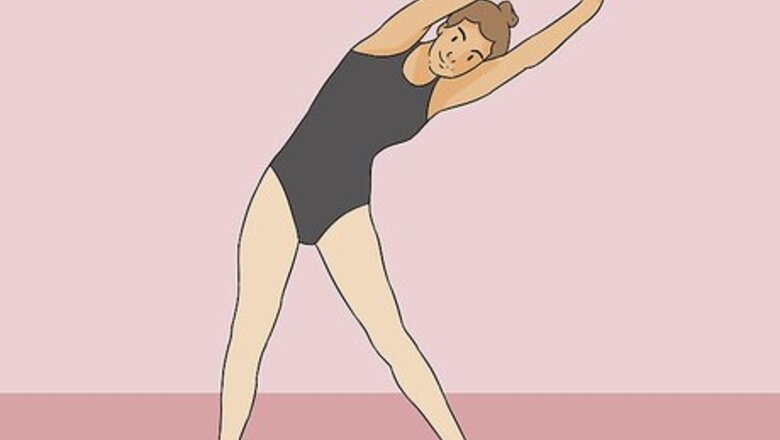
views
Getting Started
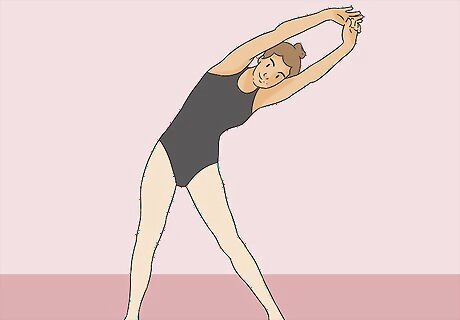
Warm up. Before attempting any double-spins or pirouettes of any kind, it's important to get loosened up to avoid injury. Warm up your neck, shoulders, arms, back, sides, and legs before dancing with a long stretching routine. A nimble, loose neck will aid your equilibrium and balance when spotting and spinning. A loose torso will help you stay grounded and centered. Warmed up legs will provide the necessary support you need and reduce the possibility of cramping. The most important three body parts for a good turn are your neck, shoulders, and legs.
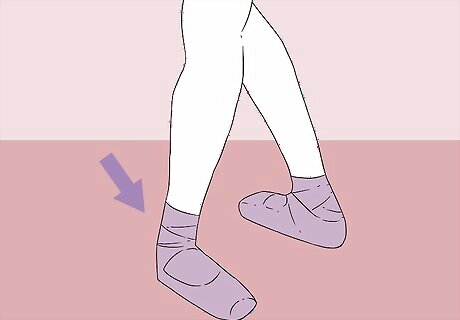
Choose which foot you will be spinning on. This side of your body will be referred to as your "spin" foot, and the corresponding leg, arm, and side will also be referred to as the "spin" side. The other side of your body will be referred to as your "lift" side.

Place your feet and hands properly. Begin standing with your spin foot in front of your lift foot, in a wide, balanced position, with most of your weight on your spin foot. Place your spin arm at chest-height in front of you, with relaxed, bent elbow, so your spin forearm is parallel with your stomach. Your lift arm should be extended directly out from your side, in line with your torso, not too far back or too far forward. The lift arm will provide the majority of your spinning power by swinging it in front of your body.
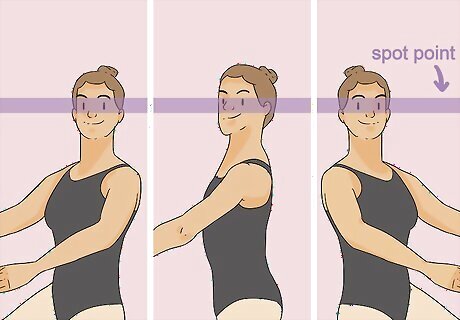
Find a spot directly in front of you at eye level. This is your spot point. Keep your eyes fixed on this spot throughout the entire motion. Practice spotting by stepping slowly in a circular motion in one spot. Keep your eyes on one spot at eye level, on the wall or landscape directly in front of you. Keep your eyes there until your turning motion forces you to spin your head. If your head is level, the spotting motion will keep you from becoming overly dizzy or losing balance. Even with proper spotting, a slight dizzy feeling can be expected during a double spin. Minimize this by keeping your neck and shoulders loose, and turning your head in a full circle as quickly as possible. The faster your body spins, the easier it is to spot properly.
Executing a Double-Turn

Push off with your lift leg and bring your toe to your spin knee. Bring your lift knee up straight and point your toe as you push off, bringing it to the notch at the top of the knee on your spinning leg. This should somewhat resemble the 'jackknife' dive position.
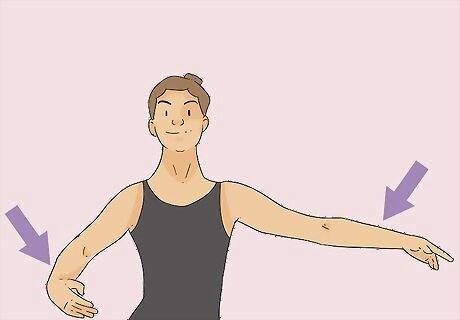
Swing your lift arm in front of you. To carry your momentum around, you need to match the position of your spin arm, about chest-height, like you are holding a small beach ball to your stomach.
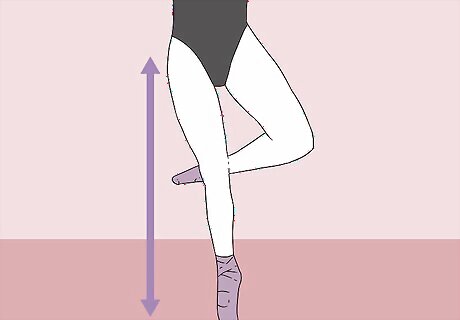
Straighten your spin leg. Strengthen the upper thigh, ankle, and knee of your spin leg to create a rock solid pole on which to spin. Make a tiptoe shape with your spin foot, keeping your spin toes relaxed and responsive for fine tuning your balance during the spin. Your spin point is the ball of your spin foot, which is the thick pad directly behind your toes. Do not spin directly on your toes. This is impossible and incredibly painful, no matter how convincing good ballet dancers look.

Send your weight straight upward. Imagine all your weight forming a straight pole, from the ball of your spin foot up through your spin leg, through the center of your torso and out the top of your head. Just as a toy top has more of its weight at the top, so should your body. It's important to think "up" instead of focusing on the spinning motion. Your momentum should work to carry you around, and focusing on staying as straight as possible and maintaining the proper form will help you balance.

Let yourself spin twice. When you are heading on your second turn whip your head around, spotting twice. As you slow, return your lift leg to the ground and relax both arms out to your side at mid chest height to stop completely. Gently bring your feet back to the ground and let your momentum and weight slow you down naturally, coming to the ground. The biggest difference between the double spin and the single spin is just the amount of force that you put on the turning step as you push off. It'll take some practice before you're able to do two, but stick with it and practice your spotting, and you'll get the hang of it eventually.










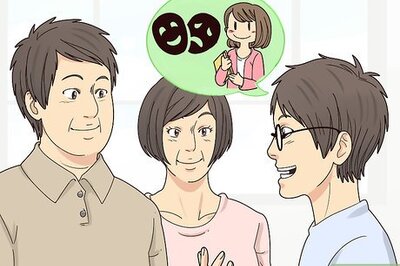
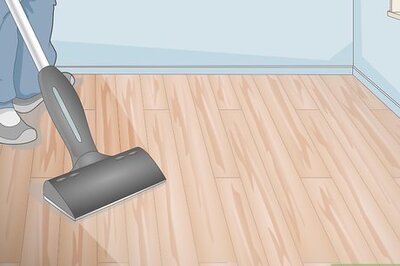
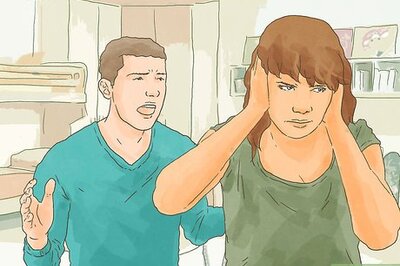


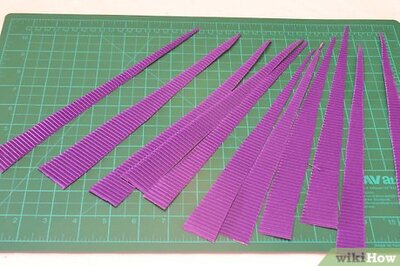
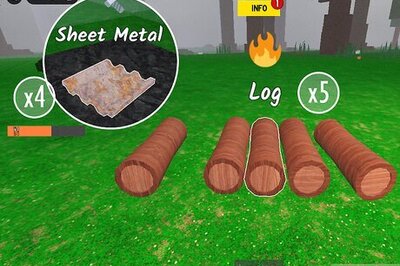



Comments
0 comment